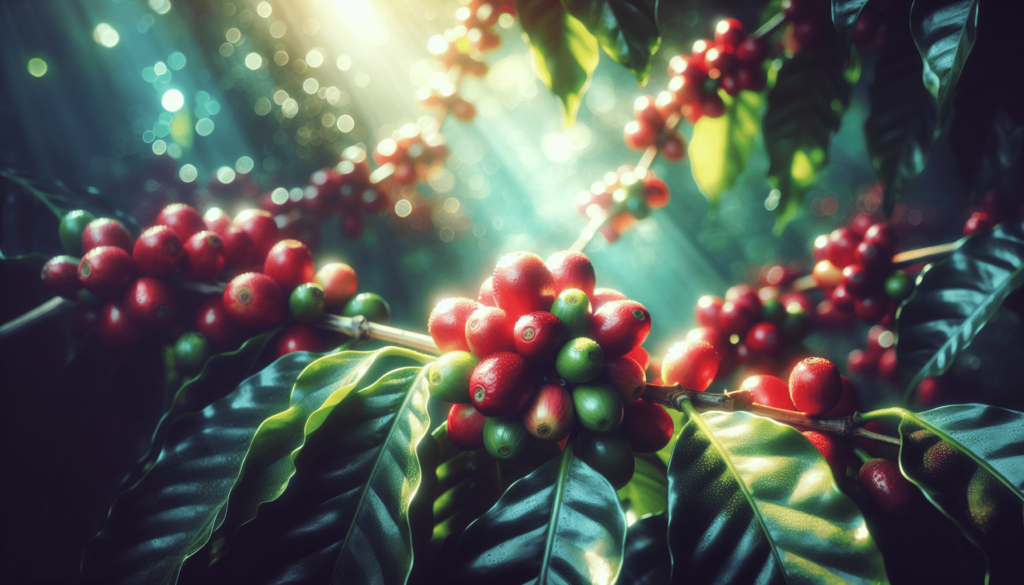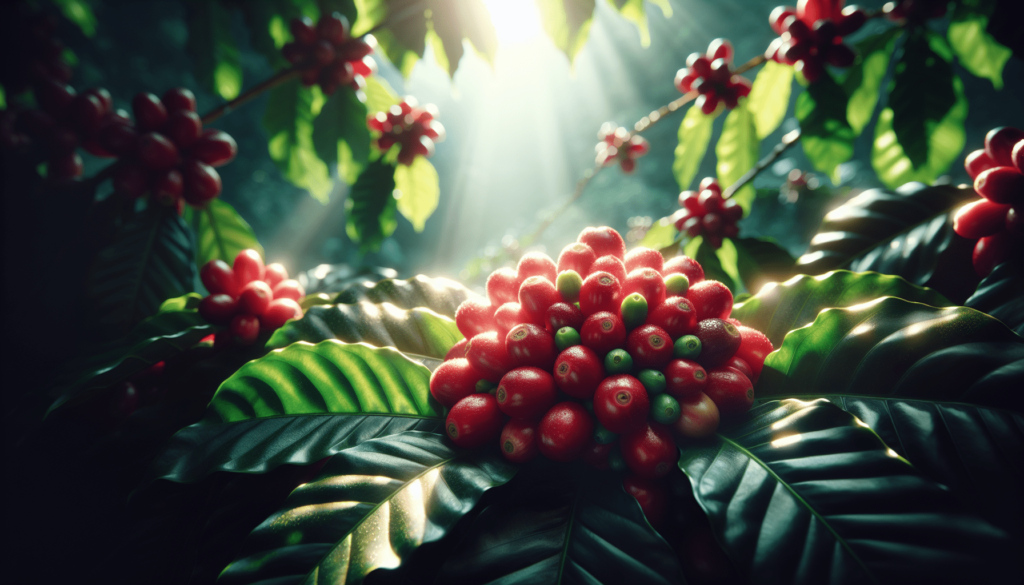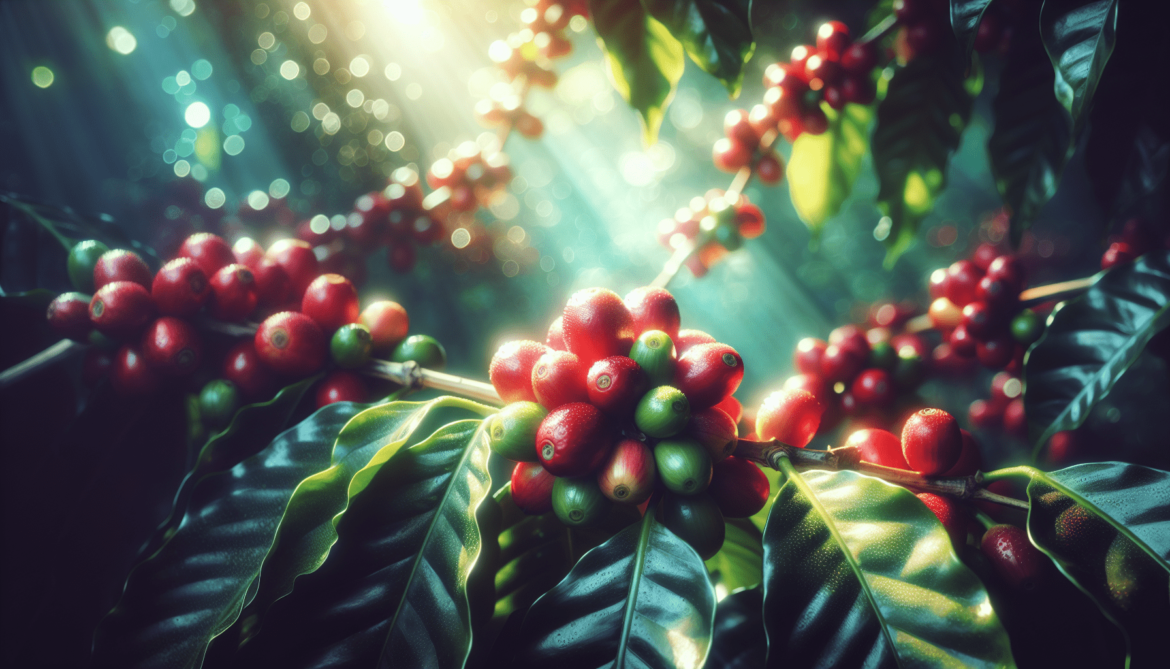Have you ever wondered how that perfect cup of coffee you enjoy every morning begins its journey?
Understanding Coffee Harvesting
Coffee harvesting is an intricate process, one that requires careful timing, attention to detail, and a good measure of patience. This phase is essential in determining the flavor profile and quality of the beans you end up brewing at home.

The Coffee Plant Lifecycle
To fully grasp the art of coffee harvesting, it helps to understand the lifecycle of the coffee plant. It generally takes several years for a coffee tree to mature and produce its first fruit, known as coffee cherries.
- Seed Germination: Coffee seeds sprout and develop roots and leaves.
- Juvenile Stage: The plant grows rapidly and needs adequate water and nutrients.
- Maturity: Typically after four to five years, the tree begins to produce cherries; this is when the fun starts!
Coffee cherries change color from green to a bright red when they are ripe and ready for harvesting. The timing of this transformation is crucial.
Timing Your Harvest
When it comes to harvesting coffee, timing is everything. Picking too early can lead to an unripe taste, while picking too late can result in overripe cherries that spoil quickly.
Signs of Ripe Cherries
You may wonder, what should you look for to know when the cherries are ripe? Here are some signs to consider:
- Color: The cherries should be a deep, vibrant red.
- Firmness: When you gently squeeze the cherries, they should yield slightly.
- Taste: A quick taste test can confirm ripeness — ripe cherries should be sweet.
Methods of Harvesting
There are two primary methods for harvesting coffee: selective picking and strip picking.
Selective Picking
Selective picking is the more labor-intensive method but results in higher quality coffee. This involves picking only the cherries that are at peak ripeness.
-
Advantages:
- Higher quality and flavor.
- Minimizes waste as only the best cherries are harvested.
-
Disadvantages:
- Requires more labor and time.
- Can be more expensive due to the higher labor costs.
Strip Picking
In contrast, strip picking involves removing all cherries from a branch, regardless of ripeness. This can be done by hand or with the use of machines.
-
Advantages:
- Faster and less labor-intensive.
- Cost-effective for larger farms.
-
Disadvantages:
- Often results in a lower quality product due to unripe and overripe cherries being mixed together.
- Can lead to waste as more cherries are discarded.
The Importance of Quality Control
Regardless of the method chosen, quality control during the harvesting process is critical. This ensures that only the best cherries make it to the processing stage.
Sorting Techniques
Once cherries are harvested, they need to be sorted. Here are some methods to improve quality:
- Float and Sink Method: Lower quality cherries tend to float while ripe ones sink when placed in water.
- Hand Sorting: An additional manual inspection can eliminate unripe or damaged cherries.
- Mechanical Sorting: Machines can help in sorting out defective cherries but need to be calibrated carefully.

Processing After Harvesting
Once your cherries are harvested and sorted, they need to be processed quickly to preserve freshness. How they are processed can vary widely between regions and may significantly affect the final flavor of the coffee.
Wet Processing
Wet processing involves removing the cherry pulp from the beans immediately after harvesting. The process includes:
- Pulping: Removing the outer skin and pulp.
- Fermentation: Beans are left to ferment for 12-48 hours to develop flavor and remove the mucilage.
- Washing: Rinsing the beans helps to wash away the fermented mucilage.
Wet processing often results in a cleaner, brighter flavor profile.
Dry Processing
Dry processing (or natural processing) involves spreading the cherries out in the sun to dry before removing the pulp. This method is simpler but requires good weather conditions.
- Drying: Cherries are spread on a drying bed or patio.
- Hulling: Once dried, the outer husk is mechanically removed.
This method can yield a fruitier and more complex flavor but may have some inconsistencies due to variable drying conditions.
Post-Harvest Considerations
After processing, the beans still need careful handling before they are ready for sale.
Milling
This involves removing the parchment layer from the wet processed beans and further refining the coffee beans through polishing.
Grading and Sorting
Beans are then graded based on size, weight, and quality. Higher quality beans can command better prices in the market.
The Role of Weather in Coffee Harvesting
Weather conditions can dramatically affect the harvesting process. Factors like rainfall, temperature fluctuations, and even pest outbreaks can influence the yield and quality of coffee.
Optimal Weather Conditions
A few weather-related aspects can determine a successful harvest:
- Rainfall: Adequate rainfall during the growing season but dry weather during harvest helps cherries ripen uniformly.
- Temperature: Coffee thrives in moderate temperatures; extreme heat or cold can stunt growth.
Cultural Practices
Certain cultural practices can enhance the coffee harvesting process.
- Shade Management: Utilizing shade trees helps reduce stress on coffee plants and improves bean quality.
- Soil Health: Healthy soils contribute to the robust health of coffee plants, leading to better yields.
Labor Considerations
Labor is perhaps one of the most challenging aspects of coffee harvesting. Many coffee-growing regions rely on seasonal workers to help with the harvest.
Worker Welfare
Ensuring fair wages and safe working conditions for laborers is essential.
- Training: Proper training ensures workers are efficient and can recognize ripe cherries.
- Compensation: Fair wages not only enhance worker morale but also encourage the cultivation of high-quality coffee.
The Future of Coffee Harvesting
As the coffee industry evolves, so do the methods and practices surrounding harvesting. The rising concerns of climate change and sustainability are influencing the way farmers approach coffee cultivation and harvesting.
Sustainable Practices
Many farmers are now implementing sustainable practices to combat climate change. These may include:
- Organic Farming: Utilizing organic farming methods to enhance biodiversity and reduce dependence on synthetic fertilizers.
- Agroforestry: Growing coffee alongside other crops or trees to promote ecological balance and increase resilience against climate fluctuations.
Final Thoughts
If you’re a coffee lover, you can appreciate the effort that goes into each cup, right from the moment that cherry is plucked from the tree to the careful brewing process in your kitchen.
With coffee harvesting, you enter a world full of tradition, skill, and community. Knowing the journey of your coffee can deepen your appreciation for each sip you take.
The next time you indulge in a warm mug of coffee, you can take a moment to cherish not only the flavor but also the artistry and labor that goes into creating that delightful experience.
In the world of coffee, there’s always something new to learn, whether it’s the latest processing method or innovative sustainable practices. It’s a rich tapestry woven by countless hands, each contributing to the ongoing story of your favorite beverage.



